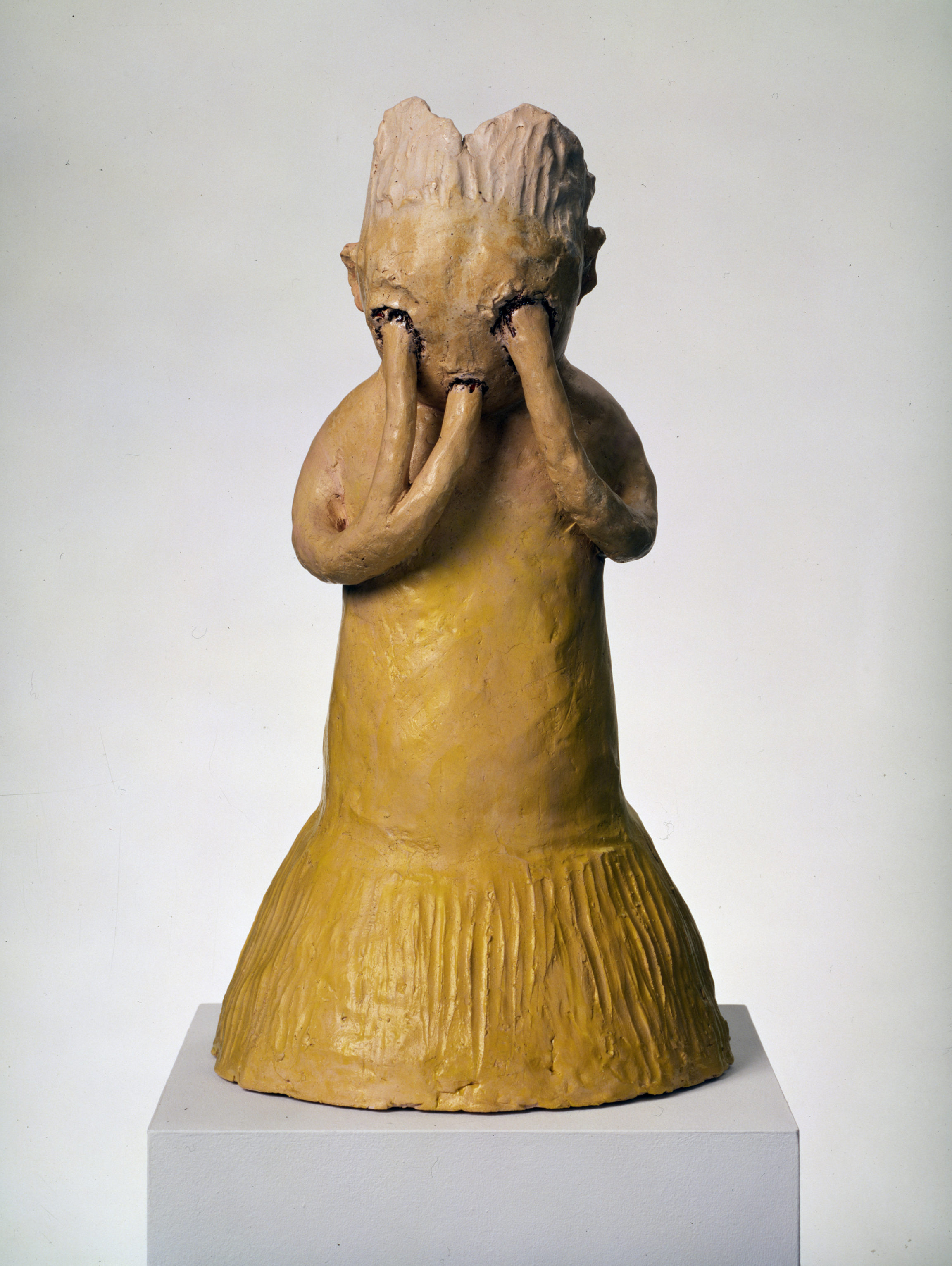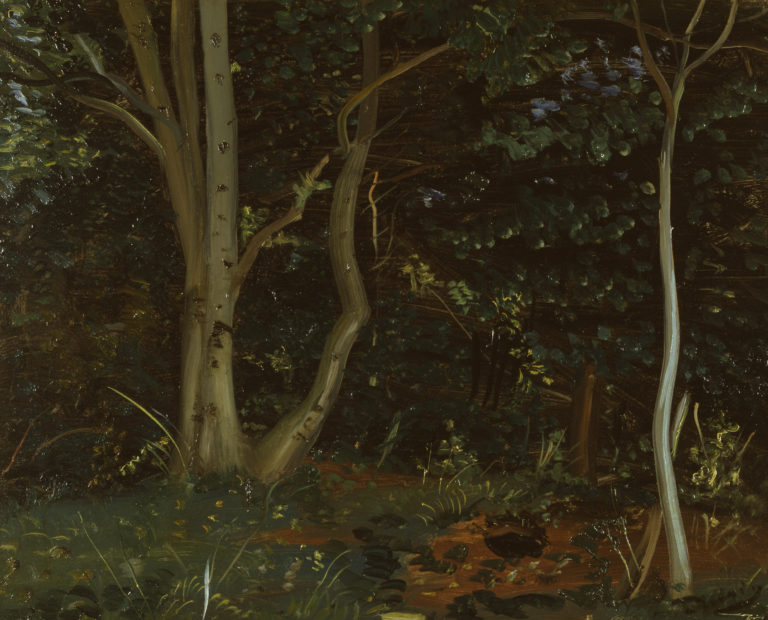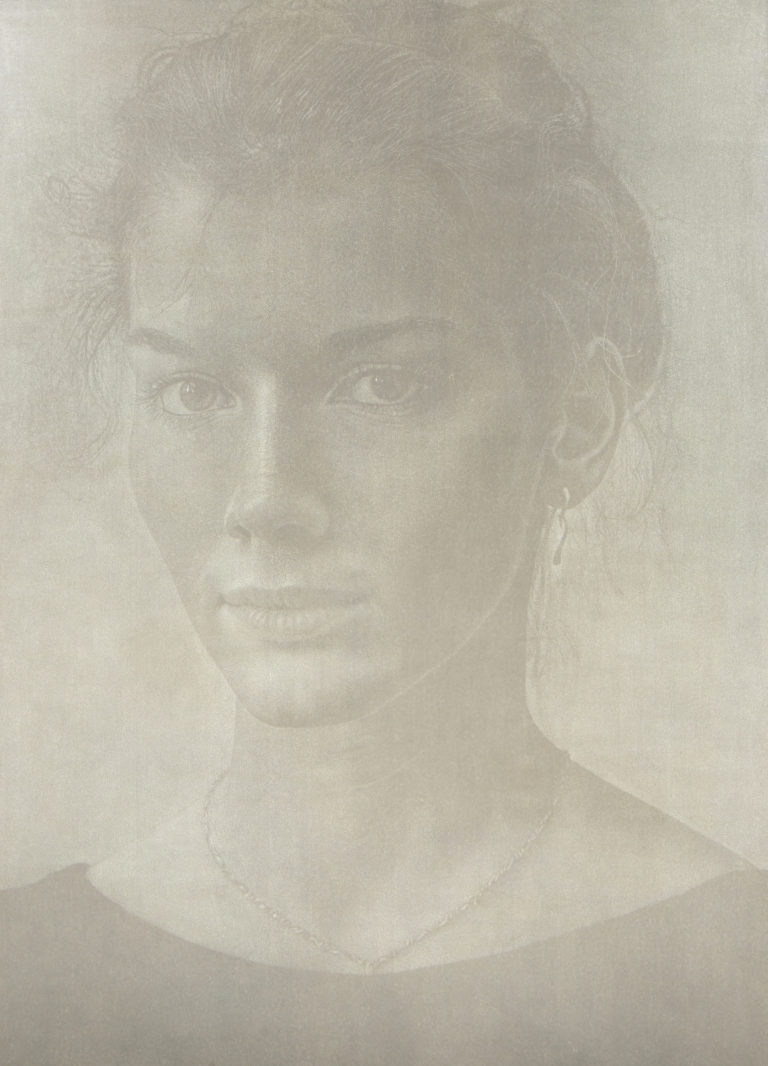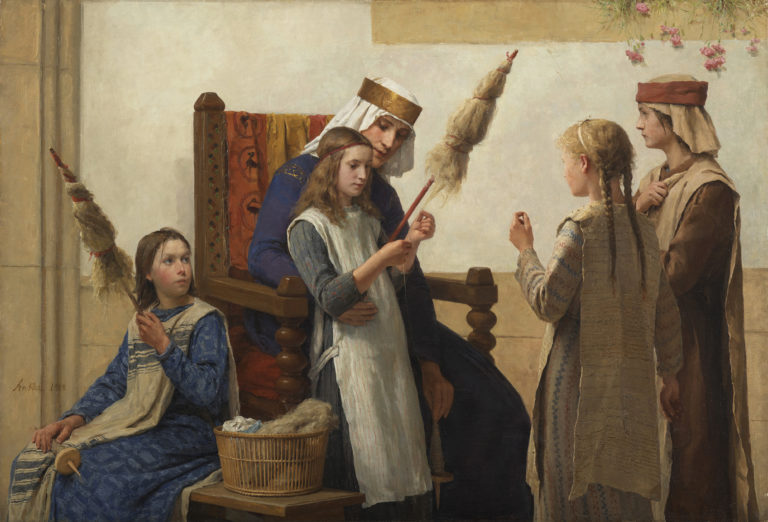Exposé actuellement
The CollectionBibliography
Hortensia von Roda (ed.), Leiko Ikemura : Tag, Nacht, Halbmond/Day, Night, Half Moon, exh. cat. Schaffhouse, Museum zu Allerheiligen, Sturzenegger-Stiftung, Zürich, Scheidegger & Spiess, 2008.
Catherine Lepdor, Caroline Nicod, Doris van Drathen et al., Leiko Ikemura. Les années lumière – Lichtjahre, exh. cat. Lausanne, Musée cantonal des Beaux-Arts, Milan, Skira, 2001.
Alexander Pühringer (ed.), Leiko Ikemura, Ostfildern, Hatje Cantz, 1995.




Leiko Ikemura left her native Japan for Europe in 1972 and began developing her oeuvre after studying drawing at the Seville school for fine arts, later exploring the potential of drawing in her Zurich studio from 1979 to 1983. Her rapid, powerful strokes of pencil and charcoal filled the paper with strange human and animal creatures, hybrids and plant-like beings. She then turned to painting in the mid-1980s.
By this time, she had moved to Germany where she took up terracotta sculpture alongside painting, shaping female bodies reminiscent of her early drawings – headless beings or large ones with multiple organs, singly or in groups, reclining or standing. She sculpts her figures directly from the clay, with no preliminary models or sketches: the clay’s own potential for textures, volumes and hollow spaces shapes the final work.
Gelbe Figur mit drei Armen is a terracotta sculpture with a glaze that varies in hue from flesh to luminous yellow. The figure is a little girl, judging by her size and her yellow dress. Her head is lowered and her right forearm is split into two, one part reaching into her mouth, the other into her right eye. The left arm reaches into her left eye. Her hair forms two peaks over her face, leaving an opening that shows the work is hollow. In an interview given the year before she made this sculpture, Ikemura said: ‘the eyes are questionable organs that surreptitiously close on the world’. This small figure, turned in on itself in a closed circuit, is part realist, figurative depiction, part metaphorical evocation of the pain of being in the world, in which sight, taste and breath are momentarily annihilated.